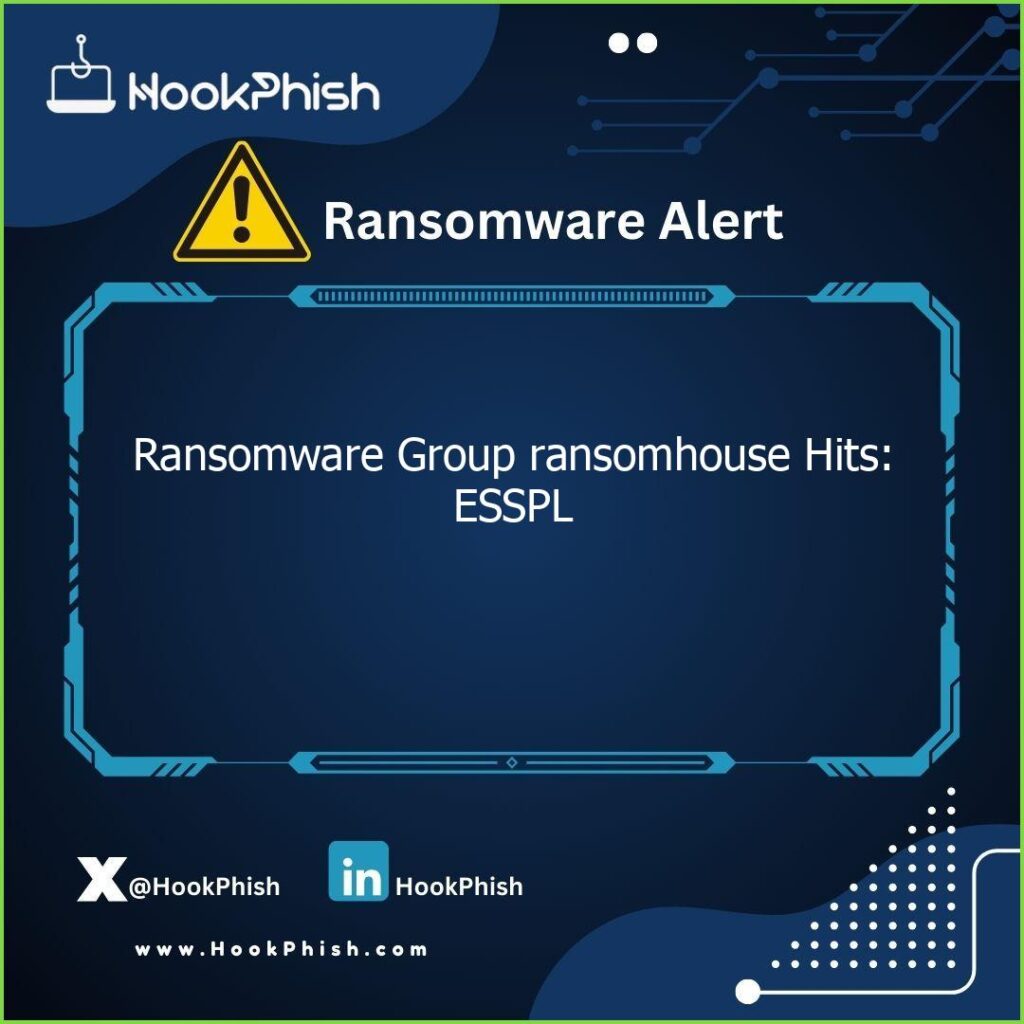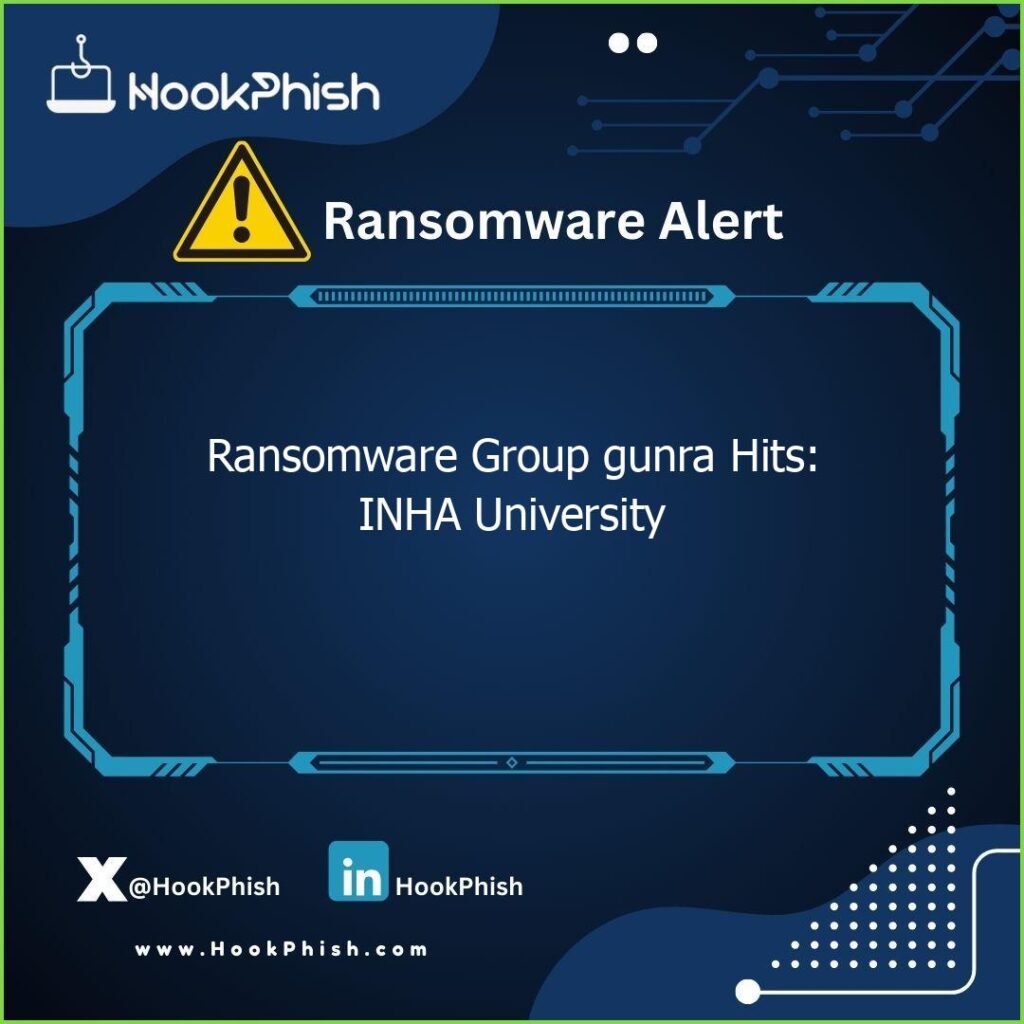Introduction
LockBit ransomware has emerged as a significant threat in the cybersecurity landscape, notorious for its efficiency and impact on various sectors. This article delves into the intricacies of LockBit ransomware, exploring its origins, evolution, and the profound implications it has had across industries. We will also discuss the preventive measures and defense strategies that organizations can employ to safeguard against this menace, as well as insights into the future trends in ransomware.
What is LockBit Ransomware?
LockBit ransomware is a type of malicious software designed to encrypt data on infected systems, rendering it inaccessible to the victim until a ransom is paid. Known for its speed and automation, LockBit differentiates itself by targeting high-value data and employing sophisticated evasion techniques. Unlike many ransomware variants, LockBit operates on a Ransomware-as-a-Service (RaaS) model, allowing affiliates to use the ransomware for a share of the profits, thus expanding its reach and impact.
The Origins of LockBit
LockBit was first discovered in September 2019. Originally known as “ABCD” ransomware due to its file extension “.abcd,” it quickly evolved and rebranded as LockBit. The initial versions were relatively straightforward, focusing on quick encryption and ransom demands. Over time, the ransomware’s developers continuously updated and refined its capabilities, making it more resilient and harder to detect.
Notable Incidents and Attacks
LockBit has been involved in several high-profile attacks since its inception. Here is a timeline of significant incidents:
- September 2019: LockBit’s initial discovery and first wave of attacks.
- July 2020: Targeted attacks on organizations in the United States and Europe.
- January 2021: Attack on a European automotive company, causing significant disruption.
- August 2021: High-profile breach of an Australian government agency.
These incidents underscore LockBit’s capability to disrupt operations across various sectors and regions.
The Evolution and Techniques of LockBit
LockBit has undergone several iterations, with each version introducing new features and enhancements. The most notable versions include:
- LockBit 1.0: The initial version focused on speed and efficiency, using automated tools to scan and encrypt data.
- LockBit 2.0: Introduced in mid-2021, this version included self-propagating capabilities, allowing it to spread rapidly within a network. It also improved its evasion techniques to bypass security measures.
Subsequent updates have continued to enhance LockBit’s encryption methods, payload delivery, and overall effectiveness.
Impact on Various Industries
LockBit’s impact has been felt across multiple industries, each facing unique challenges:
- Healthcare: Disruption of patient care and access to medical records.
- Financial Services: Compromise of sensitive financial data and transaction records.
- Government Agencies: Interference with critical public services and data.
- Small and Medium Enterprises (SMEs): Significant financial losses and operational downtime.
The ransomware’s ability to target diverse sectors demonstrates its versatility and the extensive damage it can cause.
How LockBit Operates
LockBit operates on a RaaS model, where affiliates rent the ransomware in exchange for a share of the ransom payments. The typical infection process involves:
- Initial Access: Gaining entry through phishing emails, exploit kits, or vulnerable remote desktop protocol (RDP) connections.
- Payload Delivery: Deploying the ransomware payload onto the compromised system.
- Encryption: Encrypting files and demanding a ransom for the decryption key.
- Extortion: Threatening to publish stolen data if the ransom is not paid.
LockBit’s encryption methods are robust, often leaving victims with no choice but to pay the ransom or face significant data loss.
Preventive Measures and Defense Strategies
Organizations can adopt several measures to protect themselves from LockBit ransomware:
- Regular Backups: Maintain frequent, offline backups of critical data.
- Employee Training: Educate staff on recognizing phishing attempts and other social engineering tactics.
- Security Tools: Deploy advanced security solutions such as endpoint protection, intrusion detection systems, and anti-ransomware software.
- Patch Management: Regularly update and patch systems to close vulnerabilities.
Implementing these strategies can significantly reduce the risk of a successful LockBit infection.
Response and Recovery from LockBit Attacks
In the event of a LockBit infection, immediate steps should include:
- Isolation: Disconnect infected systems from the network to prevent further spread.
- Incident Response: Activate the incident response plan and notify relevant stakeholders.
- Assessment: Evaluate the extent of the damage and determine if data can be restored from backups.
- Decryption and Recovery: Consider professional decryption services if backups are unavailable. However, paying the ransom is not recommended due to the potential for further extortion and the lack of guarantee that data will be restored.
Legal and regulatory considerations must also be addressed, including reporting the breach to authorities and affected parties.
Law Enforcement and Global Efforts
International efforts to combat LockBit have led to several notable arrests and collaborations between law enforcement agencies. For example:
- Europol: Coordinated efforts with member states to track and apprehend LockBit affiliates.
- FBI: Issued alerts and provided resources to help organizations defend against LockBit.
These efforts are crucial in disrupting the operations of ransomware groups and bringing perpetrators to justice.
The Future of LockBit and Ransomware Trends
The future of LockBit and ransomware, in general, points towards increased sophistication and targeted attacks. Emerging trends include:
- Advanced Evasion Techniques: Use of artificial intelligence to bypass security measures.
- Double Extortion: Threatening to release stolen data in addition to demanding a ransom.
- Supply Chain Attacks: Targeting vendors and partners to indirectly compromise larger organizations.
Staying ahead of these trends requires continuous advancements in cybersecurity practices and technologies.
Sources and Further Reading
For more detailed information and updates on LockBit ransomware, consider the following sources:
These sources provide valuable insights and ongoing research on ransomware threats.
Conclusion
LockBit ransomware represents a formidable challenge in the cybersecurity realm, affecting a wide range of industries and highlighting the need for robust defense mechanisms. By understanding its origins, evolution, and operational tactics, organizations can better prepare and protect themselves against this persistent threat. As ransomware continues to evolve, staying informed and proactive is essential to mitigating its impact.



